Description
Chemistry is the branch of science that deals with the study of matter, its properties, composition, structure, and the changes it undergoes during chemical reactions. It is central to understanding how the universe works on a molecular and atomic level.
### Elements:
Elements are pure substances that cannot be broken down into simpler substances by chemical means. Each element is made up of atoms, and each atom of an element has a unique number of protons in its nucleus. This number is called the **atomic number**.
#### The Periodic Table:
The elements are organized in the **Periodic Table** based on their atomic number, electron configuration, and recurring chemical properties. The table is divided into:
– **Groups (Columns):** Elements in the same group have similar properties.
– **Periods (Rows):** As you move across a period, the properties of elements gradually change.
– **Metals, Nonmetals, and Metalloids:** Elements are classified into metals, nonmetals, and metalloids based on their properties.
#### Some Examples of Elements:
1. **Hydrogen (H)**: The simplest and most abundant element in the universe, primarily found in stars and water.
2. **Oxygen (O)**: Essential for respiration in animals and combustion.
3. **Carbon (C)**: The backbone of organic chemistry; essential for life.
4. **Iron (Fe)**: Used in construction materials and is a key component of hemoglobin in blood.
5. **Gold (Au)**: A valuable metal, often used in jewelry and electronics.
#### Atomic Structure:
The basic structure of an atom consists of:
– **Protons** (positively charged)
– **Neutrons** (neutral charge)
– **Electrons** (negatively charged)
The **nucleus** of the atom contains protons and neutrons, while electrons orbit the nucleus in energy levels (shells).
#### Chemical Bonding:
Elements combine to form compounds through chemical bonding:
– **Ionic Bonding**: Occurs when electrons are transferred between atoms, forming charged ions (e.g., sodium chloride, NaCl).
– **Covalent Bonding**: Involves the sharing of electrons between atoms (e.g., water, H₂O).
– **Metallic Bonding**: Involves the sharing of free electrons among metal atoms, contributing to properties like conductivity and malleability.
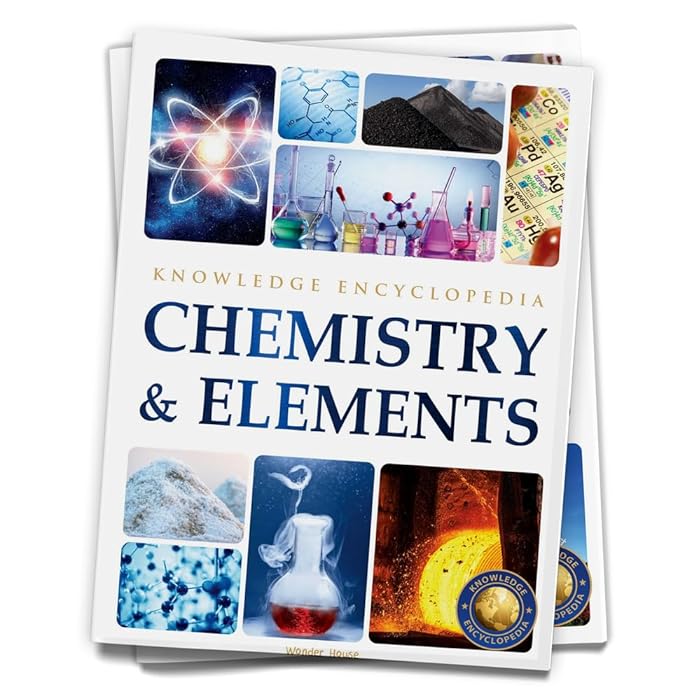
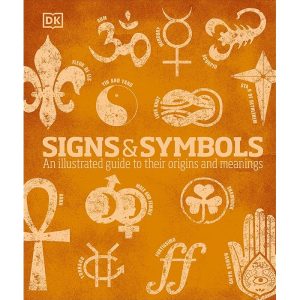



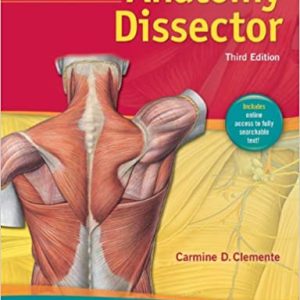
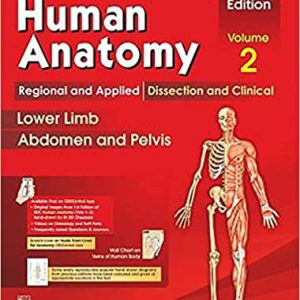
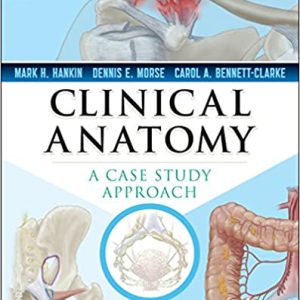
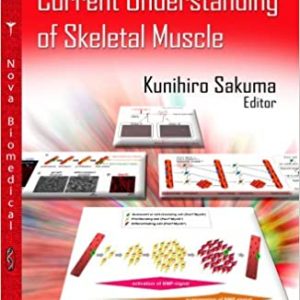
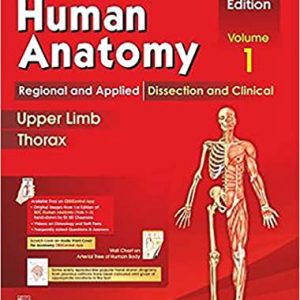
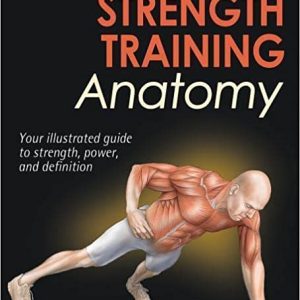
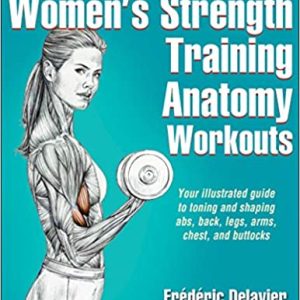
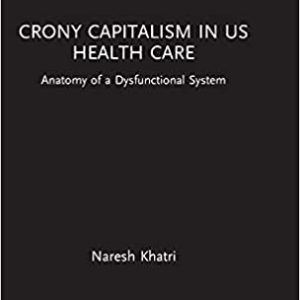

Reviews
There are no reviews yet.